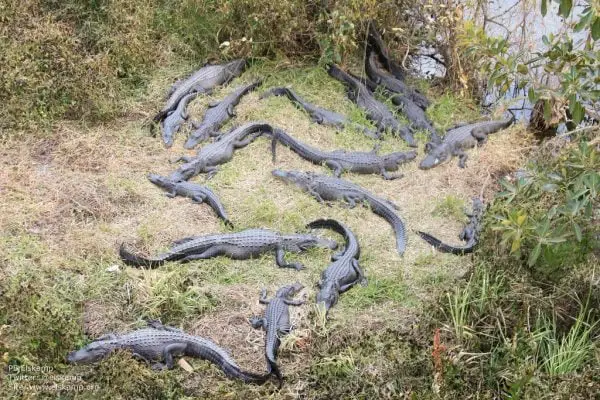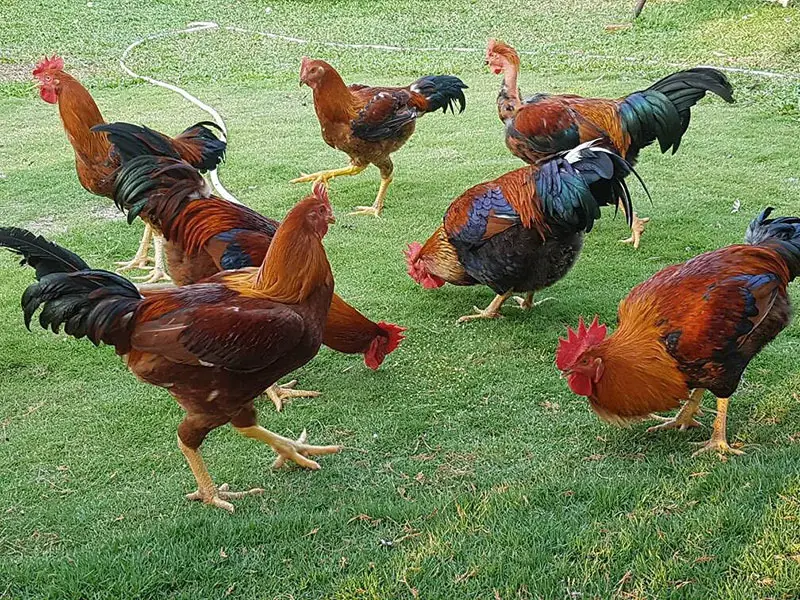Oftentimes overlooked, the humble grasshopper, with its vibrant green exterior and chirping song, embodies resilience and adaptation. These fascinating insects play a vital role in ecosystems, yet their complex social behaviors and intriguing collective nouns remain largely unknown. Let’s delve into the world of grasshoppers, exploring the diverse terms used to describe their groupings and the captivating qualities that make them essential components of our natural world.
Collective Nouns for Grasshoppers
Unlike some animals with singular collective nouns, grasshoppers boast a diverse vocabulary, each term reflecting the specific behavior or context of the group:
- Cloud: This evocative term signifies a massive gathering of grasshoppers, often seen during migration or when drawn to a specific food source. It conjures an image of a swirling, dynamic mass of vibrant green, reminiscent of a summer storm cloud.
Example: As the sun dipped below the horizon, casting long shadows across the golden plains, a cloud of grasshoppers erupted from the tall grasses, their synchronized movements creating a mesmerizing spectacle, their wings shimmering like emeralds in the fading light.
- Plague: While historically associated with devastation, “plague” can be used to describe a large and destructive group of grasshoppers, particularly when they pose a threat to agricultural crops. It evokes a sense of overwhelming abundance and potential ecological disruption.
Example: The ancient texts depicted a plague of grasshoppers descending upon the land, their relentless hunger devouring entire fields and leaving behind a trail of devastation, highlighting the delicate balance of ecosystems and the potential consequences of environmental disruption.
- Swarm: This term portrays a dense and tightly packed group of grasshoppers, often moving in a unified direction. It evokes a sense of coordinated movement and purpose, highlighting the collective behavior and potential migratory patterns of these fascinating insects.
Example: Alerted by a sudden gust of wind, a swarm of grasshoppers erupted from the undergrowth, their wings beating in unison as they rose into the clear blue sky, forming a vibrant green tapestry against the azure backdrop.
- Hover: This term captures the image of a group of grasshoppers suspended in mid-air, seemingly defying gravity for a brief moment. It evokes a sense of delicate balance and the remarkable aerial agility of these agile insects.
Example: Bathed in the warm spring sunshine, a hover of grasshoppers basked in the golden light, their wings gently shimmering as they hovered gracefully above a field of wildflowers, creating a scene of tranquil beauty and harmony with their natural habitat.
- Leap: This dynamic term captures the image of a group of grasshoppers jumping in unison, propelled by their powerful hind legs. It evokes a sense of collective energy and synchronized movement, highlighting the impressive jumping abilities of these remarkable creatures.
Example: As a playful breeze rippled through the meadow, a leap of grasshoppers launched themselves into the air, their emerald bodies arcing through the air in a synchronized dance, showcasing their remarkable agility and the joy of movement inherent in their nature.
Interesting Facts About Grasshoppers
Understanding these collective nouns enriches our vocabulary and adds a deeper layer of appreciation for these fascinating creatures. But venturing deeper reveals their remarkable biological adaptations, ecological significance, and the challenges they face:
Masters of Metamorphosis: Grasshoppers undergo a remarkable transformation, emerging from flightless nymphs into winged adults. This metamorphosis signifies adaptability and resilience, allowing them to thrive in diverse environments throughout their lifecycle.
Ecological Engineers: Through their grazing and waste decomposition activities, grasshoppers contribute to the natural recycling of nutrients within ecosystems. They also play a crucial role in seed dispersal, promoting plant diversity, and maintaining healthy ecological balances.
Facing Threats: Habitat loss, pesticide use, and climate change pose significant threats to grasshopper populations. Understanding these challenges and supporting sustainable agricultural practices, habitat conservation efforts, and responsible environmental stewardship are crucial for their survival.
A Source of Inspiration: From their vibrant colors to their remarkable abilities, grasshoppers continue to inspire artists, scientists, and nature enthusiasts. Their captivating presence fuels creative expression and scientific curiosity, reminding us of the wonders and interconnectedness within our natural world.
Final Thoughts
From the awe-inspiring “cloud” obscuring the sun to the synchronized “leap” across a field, the diverse collective nouns for grasshoppers offer a glimpse into their multifaceted nature and ecological importance. By understanding these terms and appreciating the enduring allure of these fascinating creatures, we foster a deeper respect for their remarkable adaptations, ecological contributions, and the need to ensure their continued existence as vital components of our planet’s biodiversity.
Also Read:





